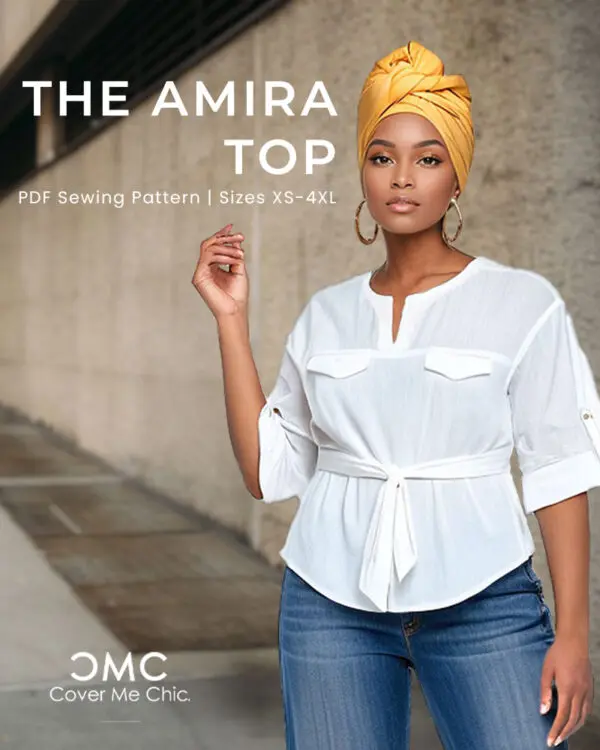
Creating a modest kimono can be both fun and fulfilling project. With right materials and little creativity, you can design beautiful piece that not only looks great but also maintains modesty. In this post: we’ll walk you through the steps to create stunning modest kimono (with) unique features, including dramatic sleeves. However, custom details can elevate (this) garment even further, although it requires careful consideration.
The initial step in creating your modest kimono involves sketching out your design; this is a stage where you can experiment with ideas and visualize how you would like your final piece to look. However, it is crucial to remember that the design process may require adjustments, because creativity often leads to unexpected outcomes. Although you may have a clear vision, don’t hesitate to explore alternatives, as this could enhance your overall design.
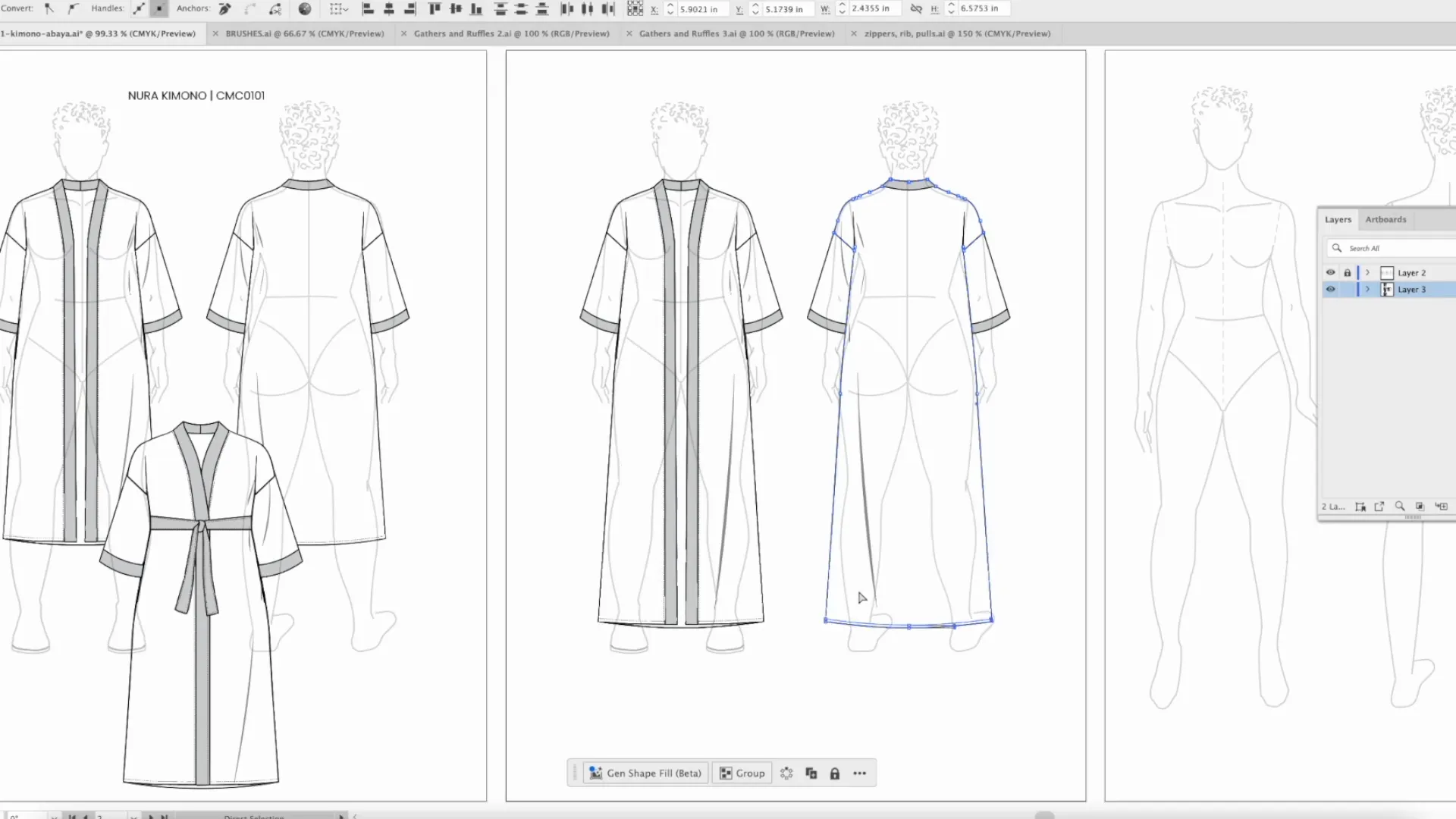
For this kimono, the original pattern is available for download; it’s great starting point. However, I wanted to make some modifications to fit my vision because I aimed to create a longer kimono with a wider bottom for ease of movement. Although I wanted longer, dramatic sleeves, they feature some unique elements.
As I worked on the design, I continuously thought about the stitching and how each piece would come together. I like to add stitching to my sketches as I go; this helps me figure out how the final garment will be constructed.
One of the standout features of this modest kimono is definitely the sleeves. I wanted them to be long and dramatic—however, with gathers and a zipper detail. It’s essential to visualize how these elements will come together; this sometimes requires a bit of trial and error, because the process can be unpredictable. Although I have a clear vision, execution often presents challenges.
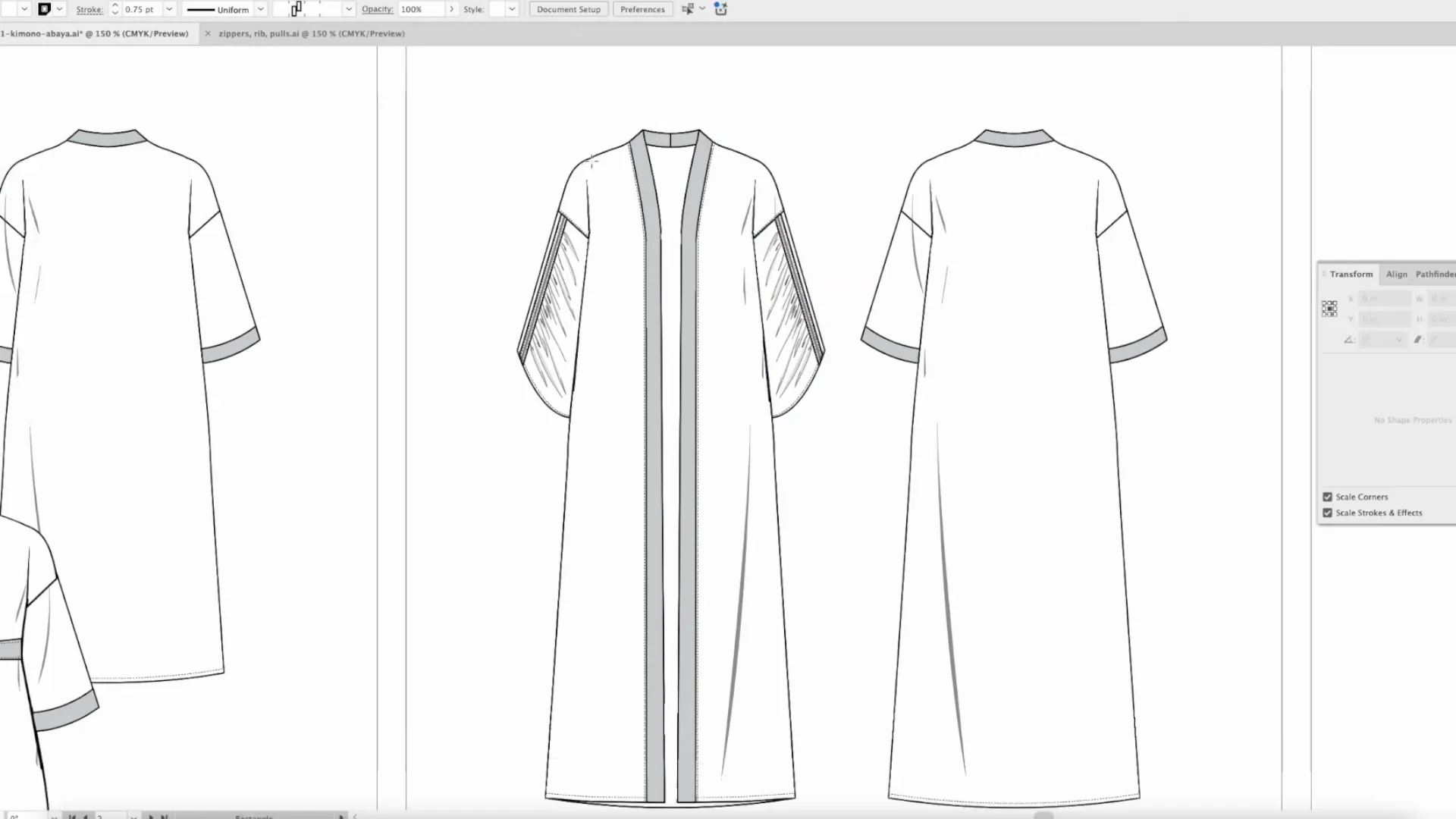
After sketching the sleeve design, I found that copying and pasting the sleeve pattern for symmetry was easiest method. This ensures that both sleeves look identical and it eliminates the need to recreate the design from scratch.
No garment is complete without pockets! For this kimono, I decided to opt for patch pockets instead of side seam pockets. I wanted them to have a bit of flair, so I chose to use red and black trim—this gives them a stylish pop.

While working on the design, I realized that adding too much detail can overwhelm the overall look. I initially thought of adding more trim to the shoulder; but that seemed excessive. Instead, I focused on keeping the emphasis on the sleeves while adding just a hint of detail to the pockets.
Next, I moved on to the back of the kimono. I wanted to ensure the back matched the front although still showcasing the gathered sleeves. This required some thoughtful adjustments: removing any unnecessary zipper details from the back.

To keep the design cohesive, I decided to carry the trim from the pockets to the back. This attention to detail adds a professional touch to the garment and it also creates an opportunity for creativity. Although some may prefer simplicity, this approach can elevate the overall aesthetic.
The fabric choice plays a crucial role in the overall look of your modest kimono. I designed a custom fabric specifically for this project: it’s available at the CMC Spoonflower shop. The fabric’s pattern adds visual interest, without detracting from the other design elements. This is important because the right fabric can enhance the aesthetic appeal, although some may overlook its significance.
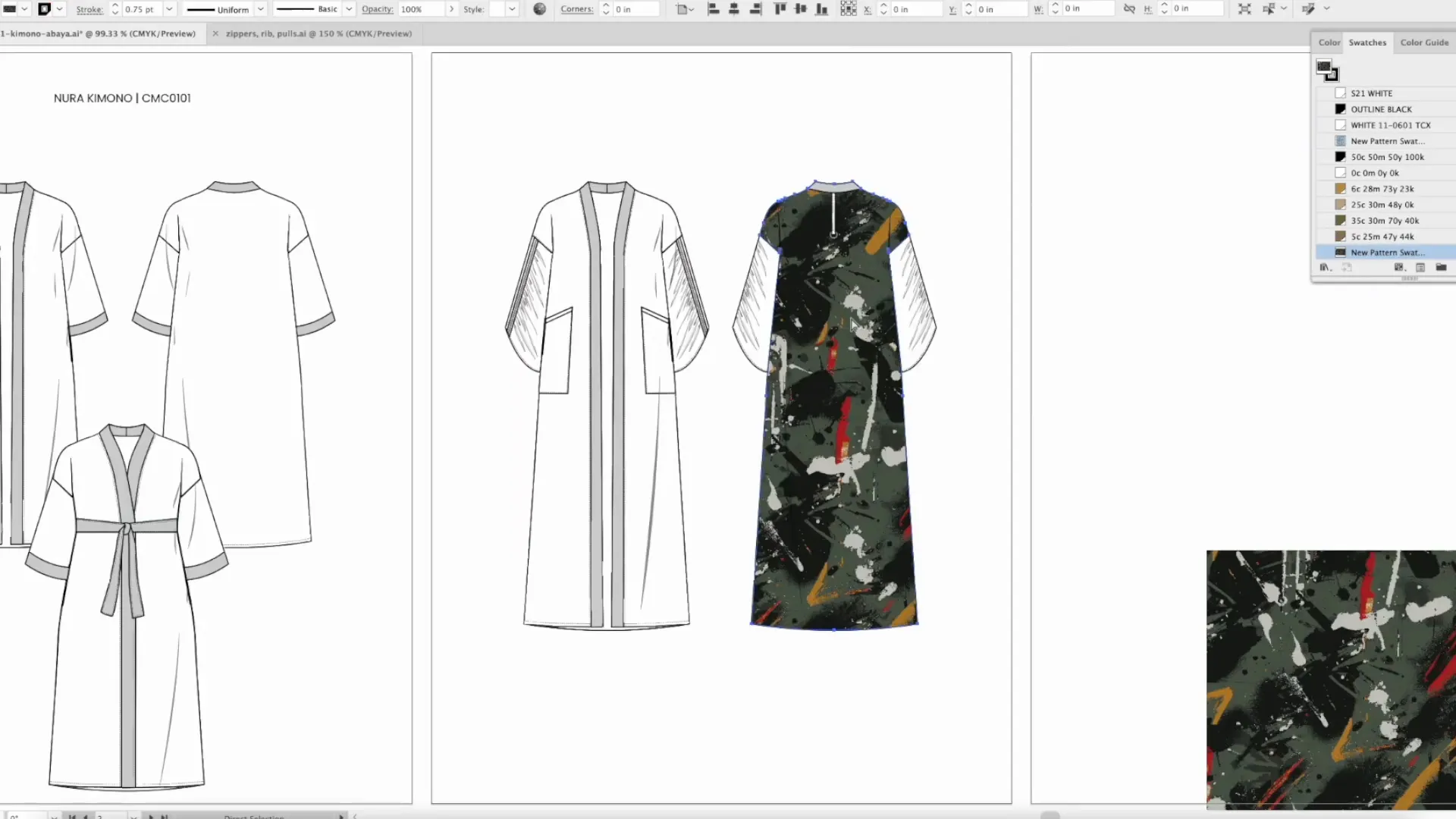
Although I initially considered using black trim, I felt it might overshadow the dramatic sleeves. Ultimately, I decided to keep the focus on the fabric and sleeve design: the zipper I picked was a black zipper with antique brass detailing which complements the overall look beautifully.
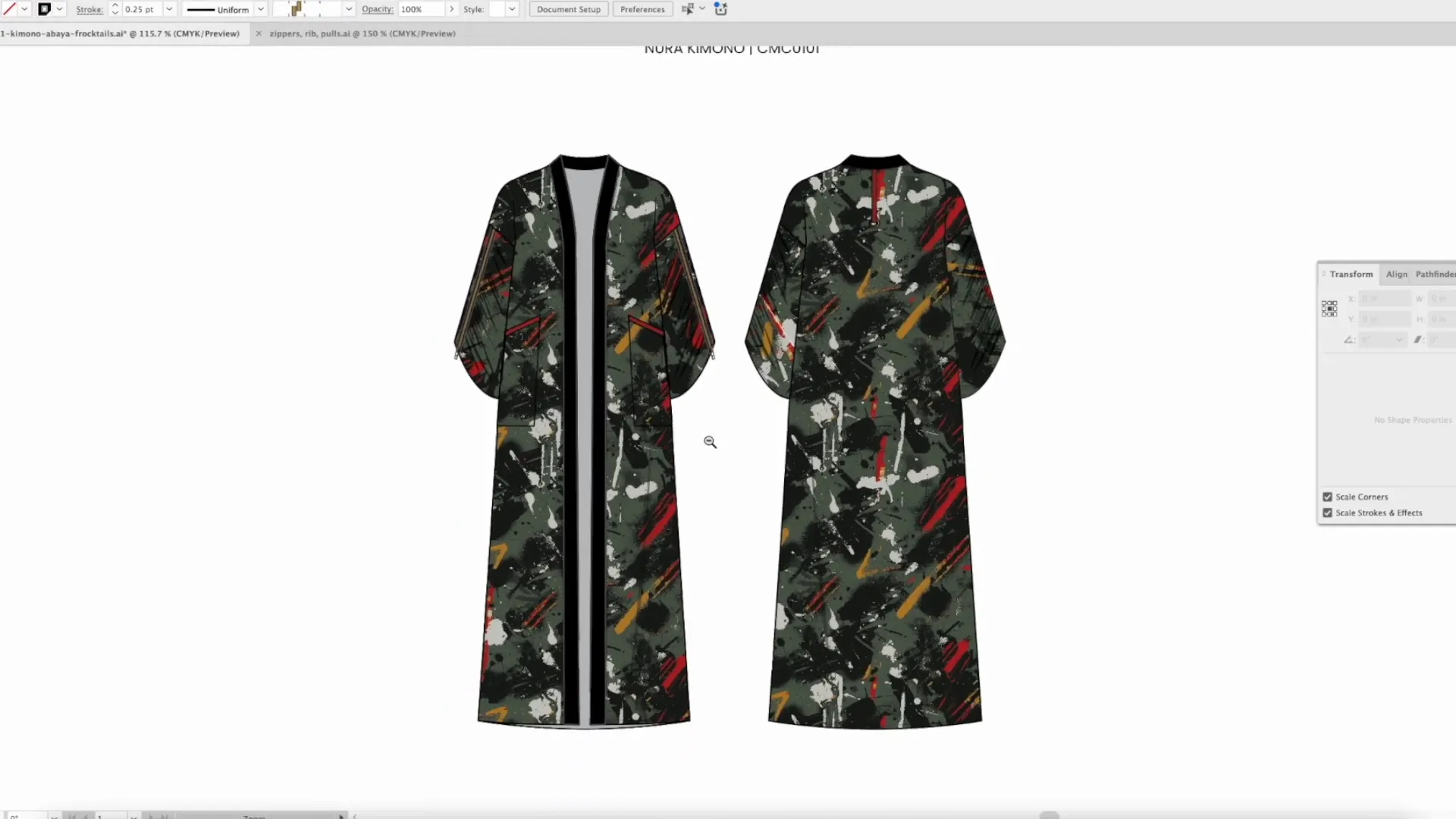
In the end, it’s all about balancing the elements. You want each detail to enhance the garment, without overwhelming it. After making these adjustments, I felt confident that my modest kimono would be both stylish and functional.
Crafting your own modest kimono is a rewarding experience that enables you to express your personal style, while maintaining modesty. With a bit of creativity and the right techniques, you can design garments that’s uniquely yours.
If you’re interested in making this kimono, don’t forget to download the free pattern (available at the link below). I can’t wait to see what you create!
Download the free kimono pattern here: Cover Me Chic
For more inspiration and tutorials, be sure to follow along for additional tips on modest fashion design. Happy sewing!
Download your free how to Measure your body Tool Kit.

Get your FREE maxi circle skirt downloads. Just tell us who to send it to by filling in the info below.

Get your FREE Puff Sleeve Tunic Measurement Worksheet. Just tell us who to send it to by filling in the info below.

Get your FREE maxi wrap dress downloads. Just tell us who to send it to by filling in the info below.

Get your FREE fitted face mask pattern. Just tell us who to send it to by filling in the info below.

Get your FREE kids fitted face mask pattern. Just tell us who to send it to by filling in the info below.

Get your FREE how to measure your body tool kit. Use it to take measurements for yourself or your clients!